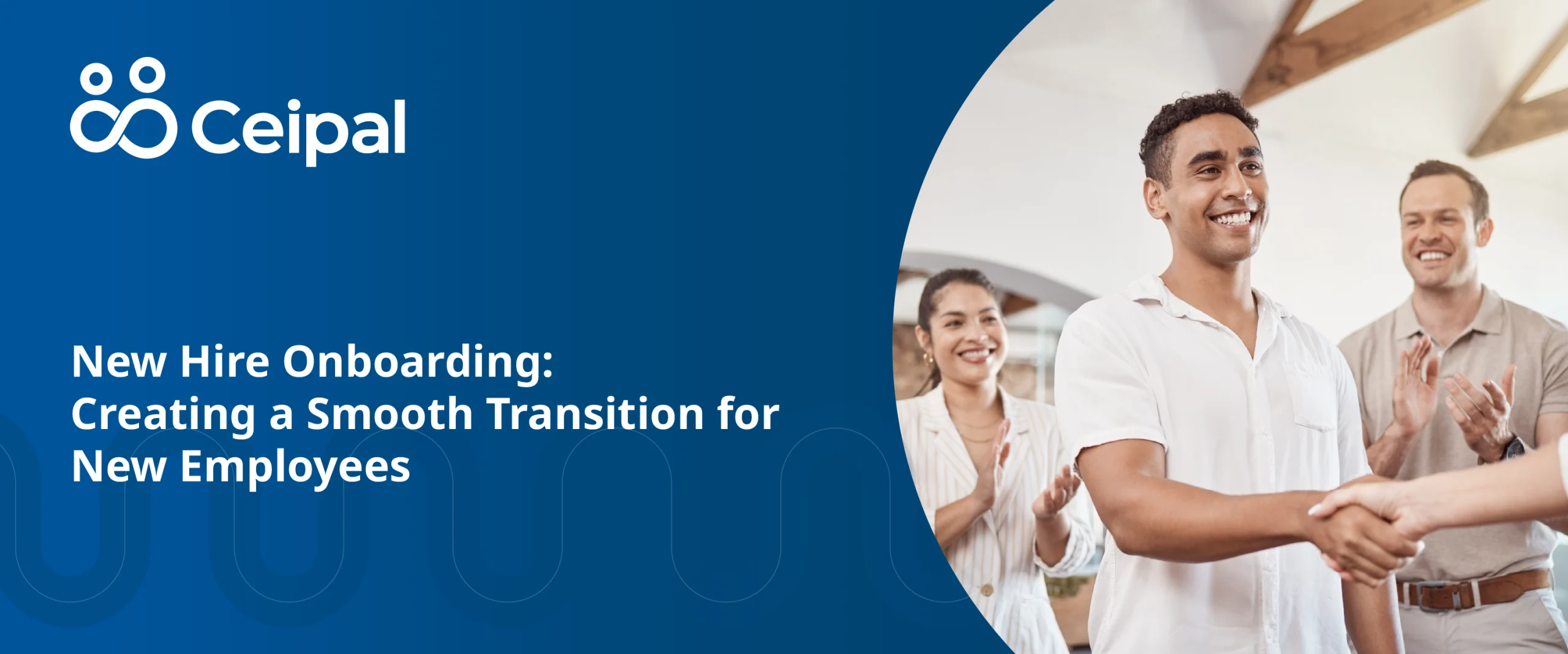Welcome aboard! As a company grows and evolves, so does its workforce. New employees join the team, bringing fresh perspectives and skills to the table; however, introducing new team members and ensuring their smooth transition is no easy feat. New hire onboarding is a vital first step in welcoming a new employee into your organization, and you can ensure a seamless and pleasant experience for your new hires by implementing effective onboarding strategies.
Create a Smooth Transition for New Hires With Onboarding Strategies
The first experience a new hire has with an organization is all about the power of onboarding. New employee onboarding is more than just filling out paperwork and showing new hires their workstations. It is a strategic process that integrates them into the company’s culture, values, and vision while equipping them with the tools and knowledge to become productive team members. Onboarding should extend beyond the first few days; it’s an ongoing journey that lasts for at least one year. The way employers handle the initial stages of a new employee’s experience significantly impacts job satisfaction and retention rate.
Making Onboarding Distinct From Orientation
Onboarding is often confused with orientation. While orientation includes essential paperwork and routine tasks, onboarding is a comprehensive process involving management and other employees, which can extend up to 12 months. To ensure successful onboarding, employers must address the following key questions to gain buy-in from the team and upper management:
- When will onboarding start?
- How long will it last?
- What impression should new hires have after the first day?
- What do new employees need to know about the company’s culture and work environment?
- What role will HR, direct managers, and co-workers play in the process?
- What goals should be set for new employees?
- How will the program’s success be measured through feedback?
Creating an Effective Onboarding Program
To implement a successful onboarding program, organizations can leverage technology to streamline the process. Utilize online onboarding portals to engage new hires even before their first day. Offer them access to essential information, such as welcome messages, a glossary of company acronyms, and details about their department and job responsibilities. These portals also help HR track and manage tasks, such as completing forms like W-4 or I-9, benefits enrollment, and payroll setup.
Preparing for a new employee’s arrival is vital to make them feel valued and welcomed. Set up their workspace, technology equipment, and passwords before their first day. This thoughtful preparation shows that the company is excited to have them on board.
Setting Expectations on the First Day
The first day is an opportunity to align expectations and introduce objectives. Employees should have a clear understanding of their job duties and responsibilities from Day 1. Social interaction is equally vital in helping new hires feel welcome and comfortable. Taking new employees out to lunch and clarifying their roles, as well as the positions of existing team members, fosters a positive team dynamic.
The First Few Months
The first month is crucial for ensuring new employees’ comfort, happiness, and engagement. Providing training during the initial week on the job is essential to new hires, but try not to overwhelm them with too much information. Balancing on-the-job training with manageable flows enables them to learn effectively. Encouraging new hires to choose a mentor within their first month establishes a support system and promotes a sense of belonging.
Between three and six months, another check-in is beneficial to gauge the employee’s progress and satisfaction. Demonstrating genuine care for new hires during their first six months significantly influences their decision to stay with the company.
The First Year: Transition to Retention and Growth
The end of the first year marks a pivotal transition from onboarding to retention and career development. Performance evaluations help identify whether new employees are fully productive and whether their skills align with the company’s goals. At this stage, focus shifts to continuous development and compensation conversations to create a lasting impact on employee satisfaction and company success.
The Onboarding Journey
New hire onboarding is a strategic process that extends well beyond the first day. It integrates new employees into the company’s culture and equips them with the tools needed for success. By implementing effective onboarding strategies, organizations can enhance retention, job satisfaction, and overall productivity, making the onboarding experience a win-win for both the company and its new team members.
FAQs
1. What is the purpose of new hire onboarding?
New hire onboarding is a strategic process aimed at integrating new employees into the company’s culture, values, and vision while providing them with the tools and knowledge to become productive team members.
2. How long should the onboarding process last?
The onboarding process should ideally last for at least one year. A well-structured onboarding journey ensures a smooth transition and higher retention rates.
3. How does onboarding differ from orientation?
Orientation involves essential paperwork and routine tasks, while onboarding is a comprehensive process that involves management and other employees, lasting up to 12 months.
4. What are some effective onboarding strategies?
Effective onboarding strategies include: using online onboarding portals, setting clear expectations on the first day, providing mentorship opportunities, and conducting regular check-ins to ensure employee comfort and engagement.
5. Why is the first year of onboarding critical?
The first year of onboarding marks the transition to employee retention and growth. It enables employers to plan for future development and ensures that new employees are set up on the path to success.









